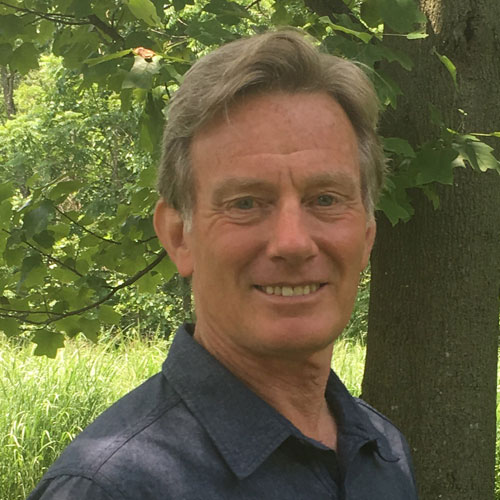
By Louis Kaplan, Ph.D.
To make environmental predictions that will hold fast in a world full of variation, natural scientists study a diversity of ecosystem types. What is true for a stream in Pennsylvania may not hold for streams on other continents. Yet just as principles of physics and chemistry hold true regardless of location, so too should well-founded ecological theories hold in environments across different continents. For example, since the mid-1970s, ecosystem ecologists have known that, in nearly all ecosystems, globally, most of the energy captured by plants through photosynthesis bypasses animals and passes directly to decomposers (i.e., bacteria, fungi, and archaea).
When Daniel Janzen, the world-renowned evolutionary ecologist, came to Stroud Water Research Center in the late 1980s, he brought with him experience from the Área de Conservación Guanacaste (ACG) of Costa Rica. Home to relatively undisturbed forest streams across a range of ecosystems within a concentrated area, ACG provided an opportunity to build partnerships that would allow access to unstudied tropical streams.
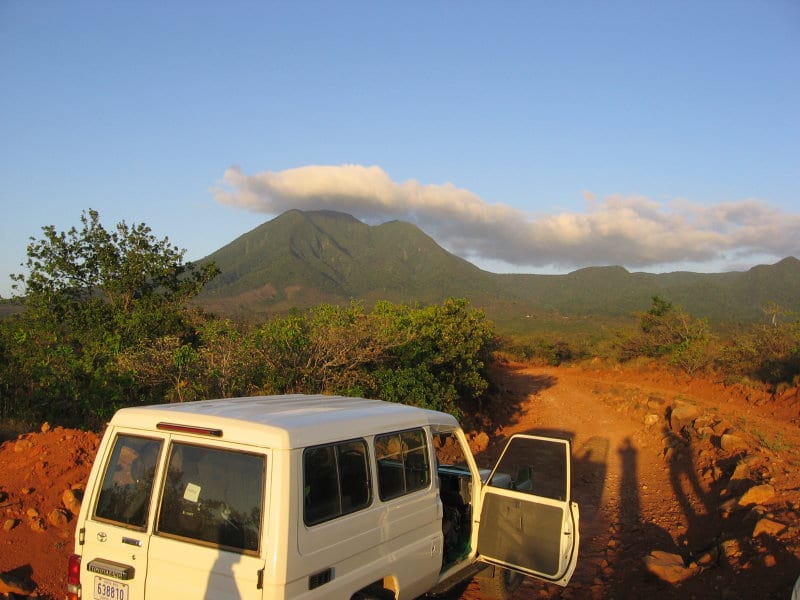
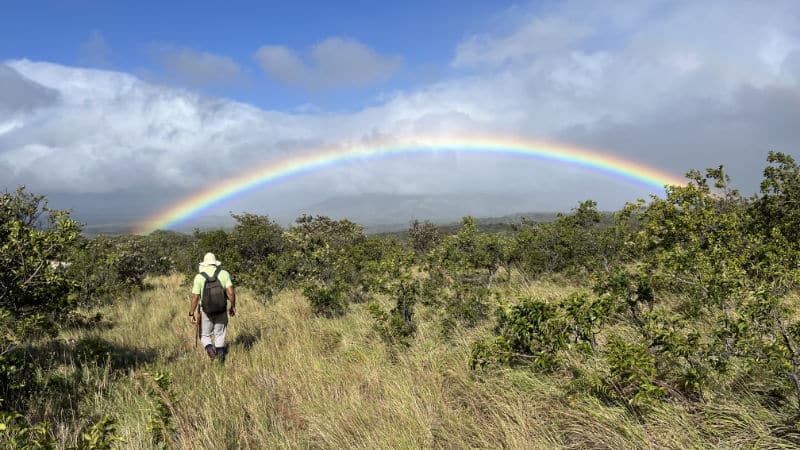
Janzen encouraged Stroud Center scientists and supporters to visit and explore the area. The result was the establishment of Maritza Biological Station in 1989. The ongoing 30-year scientific research program that has resulted is a key component in understanding stream dynamics across the globe. My own research is a good example of this.
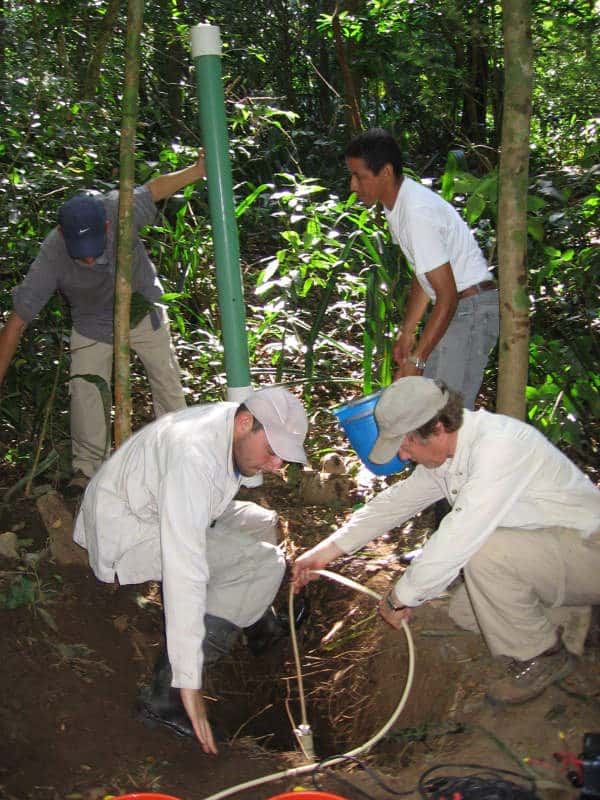
My research focuses on one aspect of the decomposition pathway connecting plants to decomposers: microbial processing of what Henry David Thoreau described in his 1840 journal as “meadow tea,” a mixture of biomolecules that results when “last year’s grasses and flower stalks have been steeped in rain and snow.” In the jargon of aquatic scientists, cold water extract of dead cells is dissolved organic matter (DOM). Extending Thoreau’s imagery from a meadow to a watershed, my focus while in Costa Rica was to sample and analyze the watershed tea of the streams in the seasonally dry tropical ecosystems of the ACG.
In the absence of any published data on streams in the dry tropics, my expectation was that the highly productive, evergreen, high-elevation mountain forests would generate high concentrations of DOM in the streams running through them. That was far from the case. To my surprise, I found that the streams in the ACG have some of the lowest concentrations of DOM reported globally, typically two to three times lower than what I measured in White Clay Creek, the research stream that flows through the Stroud Center’s headquarters in southeastern Pennsylvania.
What followed was a test of the hypothesis that the young volcanic soils in the ACG removed the DOM from solution as rain waters passed down through the soils on the way to the stream. We installed sampling devices at different soil depths in the streamside forest floodplain. Groundwater and soil water samples indicated that the abundant watershed tea in the upper soil zone declined with soil depth to concentrations found in the stream. In this way, the research in Costa Rica mirrored research findings from studies of DOM in White Clay Creek, namely that streamside soils play an outsized role in controlling the chemistry of stream waters. Together, the findings in Costa Rica and Pennsylvania build a strong case for our conclusions.
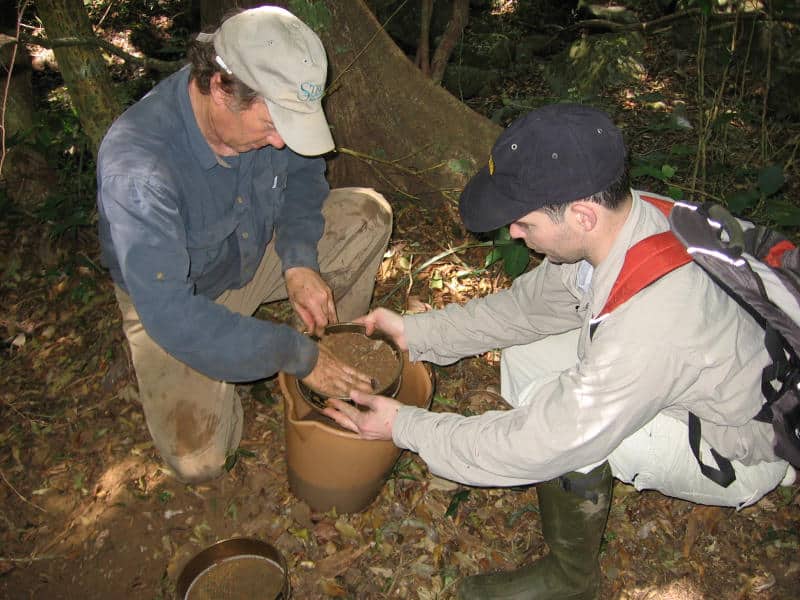
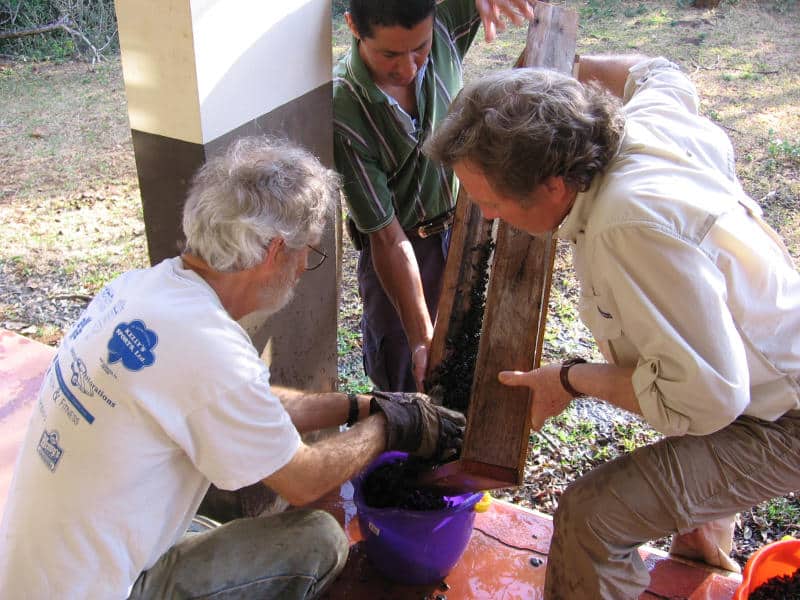
My research in Costa Rica is an example of basic ecological science that seeks to advance knowledge of the natural world. I test hypotheses designed to explain observed phenomena. The goal in Costa Rica, as in Pennsylvania, is to improve global understanding of how streams work.
Sound science that decision-makers can rely on requires that we verify our findings as robust but also requires modification when new knowledge is obtained. Sound policies and practices to protect, conserve, or restore stream ecosystems require understanding what influences stream health. It is an extraordinary scientific opportunity to have access to infrastructure, support, and long-term data in White Clay Creek and the ACG to ensure the veracity and applicability of our scientific discoveries.
Long-term, collaborative research is at the heart of what Stroud Water Research Center does. Learn more about our decades of discovery in White Clay Creek and Costa Rica.



